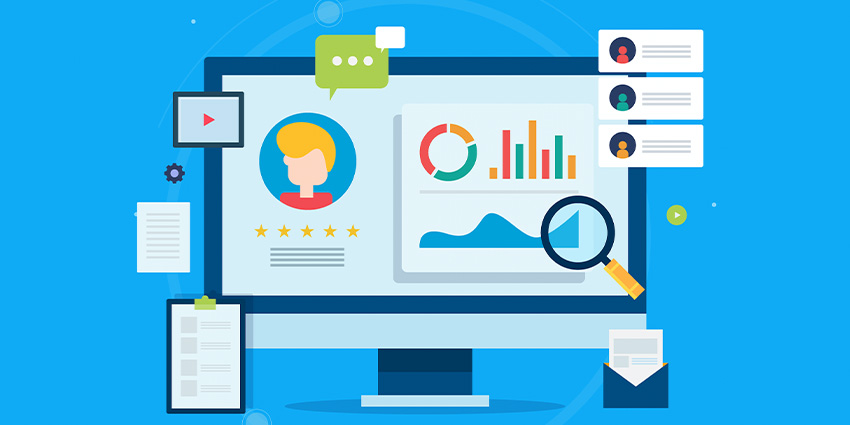Speech analytics – the process of using advanced statistical algorithms and AI technology to extract meaningful data out of unstructured voice recordings – is a booming industry. From $1.5 billion in 2020, it is set to more than double by 2025, reaching $3.8 billion by the end of the forecast period. Advancements in AI, affordable computing resources on the cloud, and growing customer expectations make speech analytics a must-have for customer-centric organisations looking for business efficiencies. Indeed, research indicates that it could dramatically increase CSAT for nearly 50% of companies.
Here’s how you can go about leveraging speech analytics to engage with customers at various stages of the purchase journey:
- Lead scoring of callers
Conversations with inbound callers can reveal valuable information on upselling/cross-selling readiness, which can inform your customer engagement and marketing campaigns. For example, if a customer has called to check on delivery timelines and indicates an interest in purchasing more products, speech analytics can flag this call with high intent and lead qualification score. You can segment such customers into groups for targeted email campaigns, improving engagement and eventually conversion.
- Churn risk analysis
This is among the foremost use cases for speech analytics in improving customer engagement. Customers’ conversations, the tempo, voice modulation, loudness, and other voice parameters are accurate indicators of how the customer feels about your brand at a specific time. If someone is identified as a high-risk customer, then – depending on their projected lifetime value – you can trigger a re-engagement campaign. This can save you significantly in lost opportunity costs, not to mention containing your new customer acquisition costs in case you have to replace them.
- Data-driven content optimisation
Content plays a vital role in customer engagement, particularly at the top of the funnel stage. You can utilise the findings from speech analytics to understand key interest areas, pain points, and purchase drivers that motivate the customer. This helps to create a highly targeted website and content repository, which will rank at the top of the heap when customers/prospects start the research part of their journey and try to look up the best-fit product for their requirements.
- Ad optimisation
Speech analytics data can also make your ad targeting strategy more effective. If a caller shows interest but abandons the purchase at the very last moment, they are a prime candidate for ad retargeting. Speech analytics can therefore create highly specific ad audiences who, when they see your ad content, are most likely to convert. This drives better engagement with ads, and more click-through traffic.
- Competitor analysis
Monitoring for the name of your competitors, along with your own brand mentions, is a vital best practice for implementing speech analytics. You can correlate conversations where a competitor name was mentioned with the conversations that didn’t result in conversion to derive a key insight – which are the factors and market players most commonly causing disengagement with your brand and leading customers to switch.







